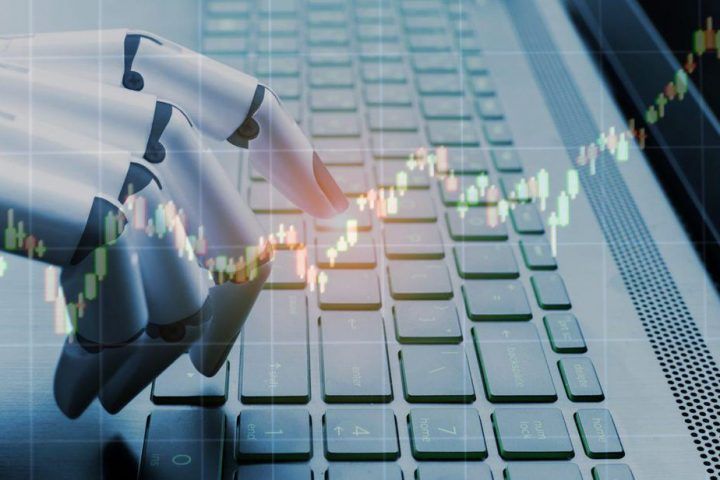It’s incredibly hard to quantify the size and scale of the world’s financial marketplace, but to provide at least some sort of context, the global stock market boasts a total market capitalisation of just over $30 trillion.
This highlights the daunting nature of financial market trading, particularly when you also consider the scale of similarly vast markets such as forex and commodities.
However, the good news is that it has never been easier to access these markets, while the advent of artificial intelligence (AI) has also helped new traders to potentially benefit from improved decision-making.
In this post, we’ll look at how AI is revolutionising financial trading, while appraising the potential risks of machine learning and associated technologies.
The Rise of AI and its Benefits for Traders
There’s no doubt that AI has become particularly prominent in the forex trading space, thanks largely to the derivative nature of currency and the daily volumes invested into this market every single day.
In fact, the rise of AI and algorithmic trading has arguably precipitated a scenario where the daily trading volumes for the forex market recently peaked at $6.6 trillion. This technology certainly empowers high-frequency and real-time trading, without necessarily requiring investors to compromise on the quality of their decision-making.
More specifically, AI has helped to enhance the application of trading algorithms, while also improving their innate capacity for analysing the market in real-time and delivering critical insights to traders.
At the heart of this is the capability of AI to simplify the process of analysing the marketplace, especially when you consider that it also tends to drive more informed insights and decisions.
Of course, it also helps to mitigate the challenges posed by emotive trading, which can cause investors to lose sight of their risk profile and react to unexpected losses in a knee-jerk way.
For traders who have a longer-term outlook and perspective, it should also be noted that AI allows for something referred to as predictive analysis. This provides a unique opportunity to review live price points in real-time across a vast array of markets, while also enabling investors to identify red flags and minimise losses accordingly.
What are the Risks Associated with AI and Machine Learning?
In fairness, there are some challenges associated with AI-inspired trading, despite the various benefits that this technology has delivered in terms of analysing risk and empowering tools such as automated stop losses.
For example, while AI can be used to reduce or eliminate the reliance on human emotions, this may not always be a necessarily good thing.
After all, concepts such as determinism and instinct often play a key role in driving trading decisions, with experienced traders relying on these to make informed selections in real-time.
At the same time, AI is not yet sophisticated enough to understand the various cultural differences in expressing and reading fundamental emotions. Furthermore, it’s not yet able to replicate more complex concepts such as human instinct or understand the variable applications of determinism.
In this instance, traders may miss out on the opportunity to amend trades based on underlying market laws or their own previously garnered experience in specific markets.
Although this may not prove to be disastrous in most cases, it could impact directly on profitability and marginalise each individual trader’s knowledge and expertise.



